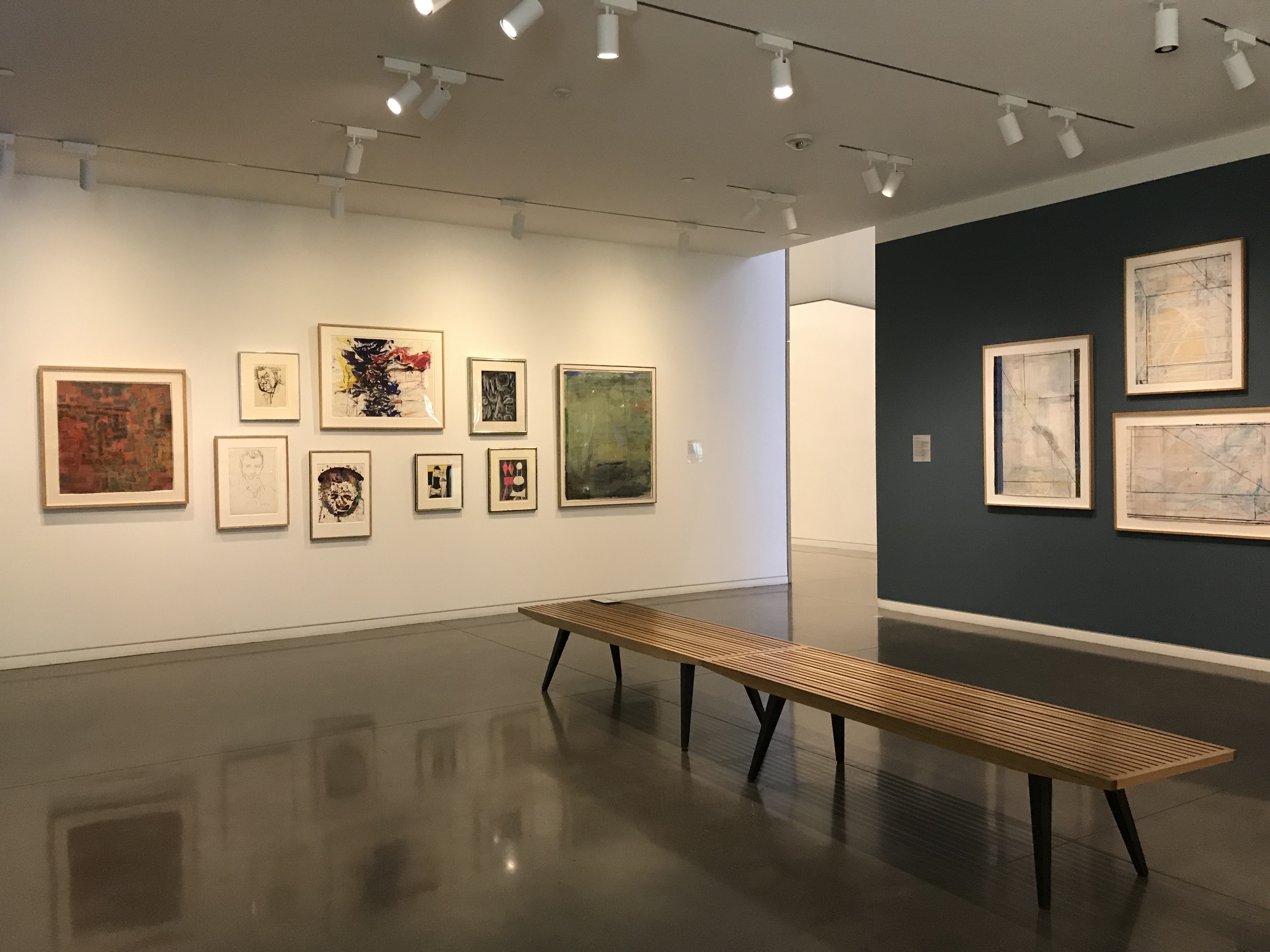The Anderson Collection, one of Stanford’s two art museums, held a film screening for the documentary “Eva Hesse,” on Jul. 26. The documentary follows the private life and career of the 34-year-old, German-born American sculptor.
The film screening is one of many free programs held at the Anderson Collection on the last Thursday of every month. The programs often feature artists, such as Eva Hesse, whose works are not on display at the collection.
The documentary begins with Hesse’s life after she immigrated to New York, where she pursued several artistic endeavors, including working for Seventeen Magazine and abstract painting. Before immigrating, Hesse had been one of the children to escape the Holocaust on the Kindertransport trains, which brought Jewish children to foster homes in Britain during WWII.
Her husband’s work brought her back to Germany, and it was there that she began to experiment sculpting with materials like electrical wire. Upon returning to New York, she began working with materials like latex and fiberglass. In spite of a divorce and a brain tumor, she continued to pour her efforts into her art.
While the artists of her time were minimalist, the film characterized Hesse with a desire to make her work “personal” and “absurd.” One of her early works, “Hang Up,” features a rectangular frame wrapped in bedsheets, with a wire jutting out of it. “Accession II” is another one of her more well-known works; it is a metal box with tubes pointing through uniformly drilled holes. According to the documentary, if you positioned your head inside the cube, you would not be able to hear anything.
The documentary, narrated by Selma Blair from the words of Eva Hesse’s personal journals — which are now published and available for purchase online — does not contain a single actor reenactment. Instead, the visual experience is primarily a slideshow of panning photos of Hesse and her art, with the occasional video interview of her friends and acquaintances. The wide range of interviewees, from Hesse’s former husband to various fellow artists, spoke of her fondly, portraying her as extremely dedicated to her artwork.
The script incorporates the interviews, various flashbacks and Hesse’s journals in a very fluid and digestible fashion. The slideshow complements this well, panning several photos across the screen at once while maintaining smooth transitions.
The camera work in the slideshow itself is commendable as well; from lens flares to the artistic use of camera focus, a range of photographic techniques highlights, and at times glorifies, Hesse’s art and achievements.
No amount of glistening bokeh, however, can save a viewer from the soporific voice of the narrator and the dull voices of the interviewed artists. The visual composition and script of the film does a fair job of building tension, but the flat voice of the narrator is anticlimactic and rather comical in its lack of emotion.
While the journals were certainly a unique selling point in Hesse’s life story, the filming crew behind the documentary failed to optimize the opportunity by providing lackluster narration. The script and visual experience are certainly of high caliber, but not extraordinary in the world of documentaries.
Contact Amy Lin at amyclin9 ‘at’ gmail.com.
